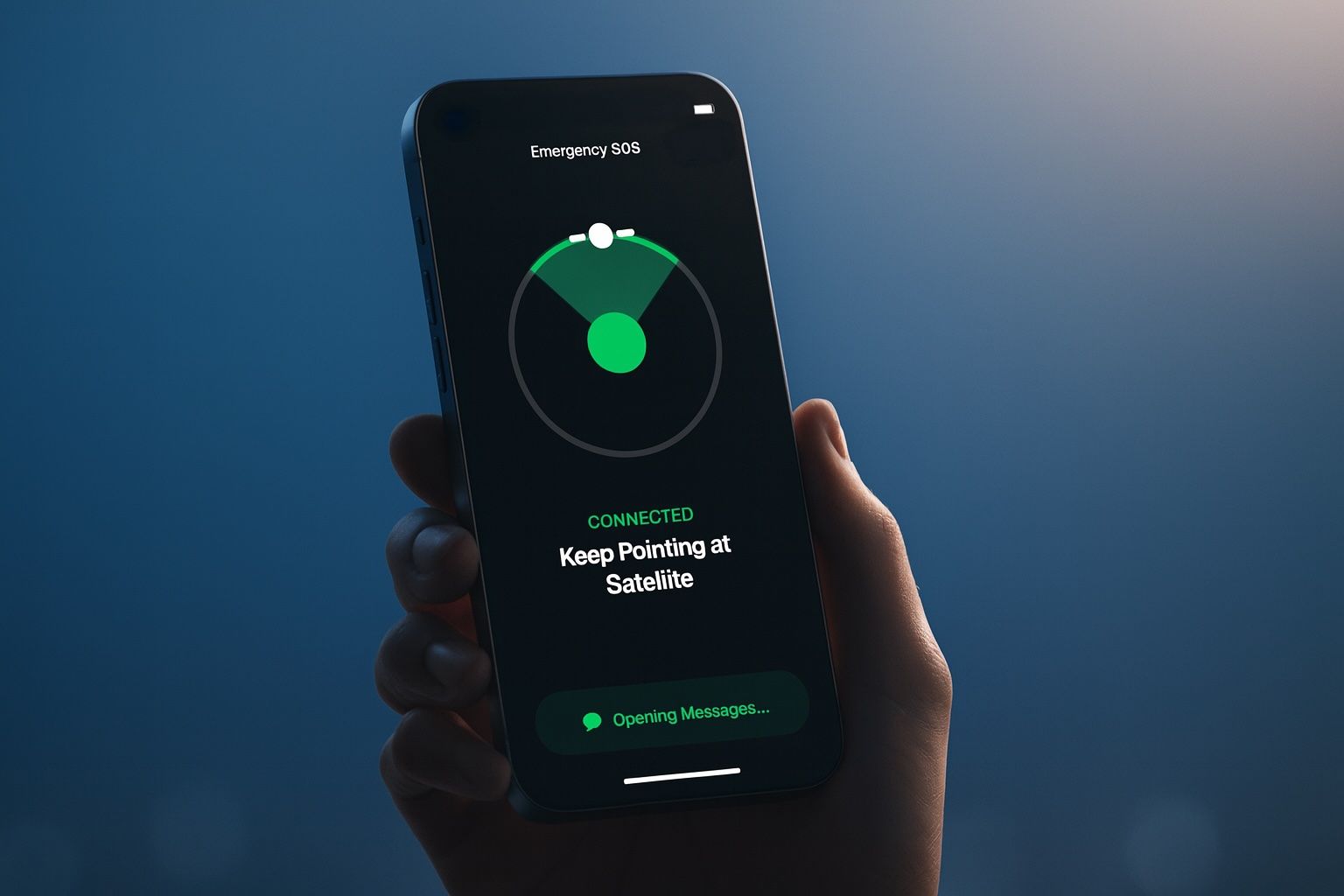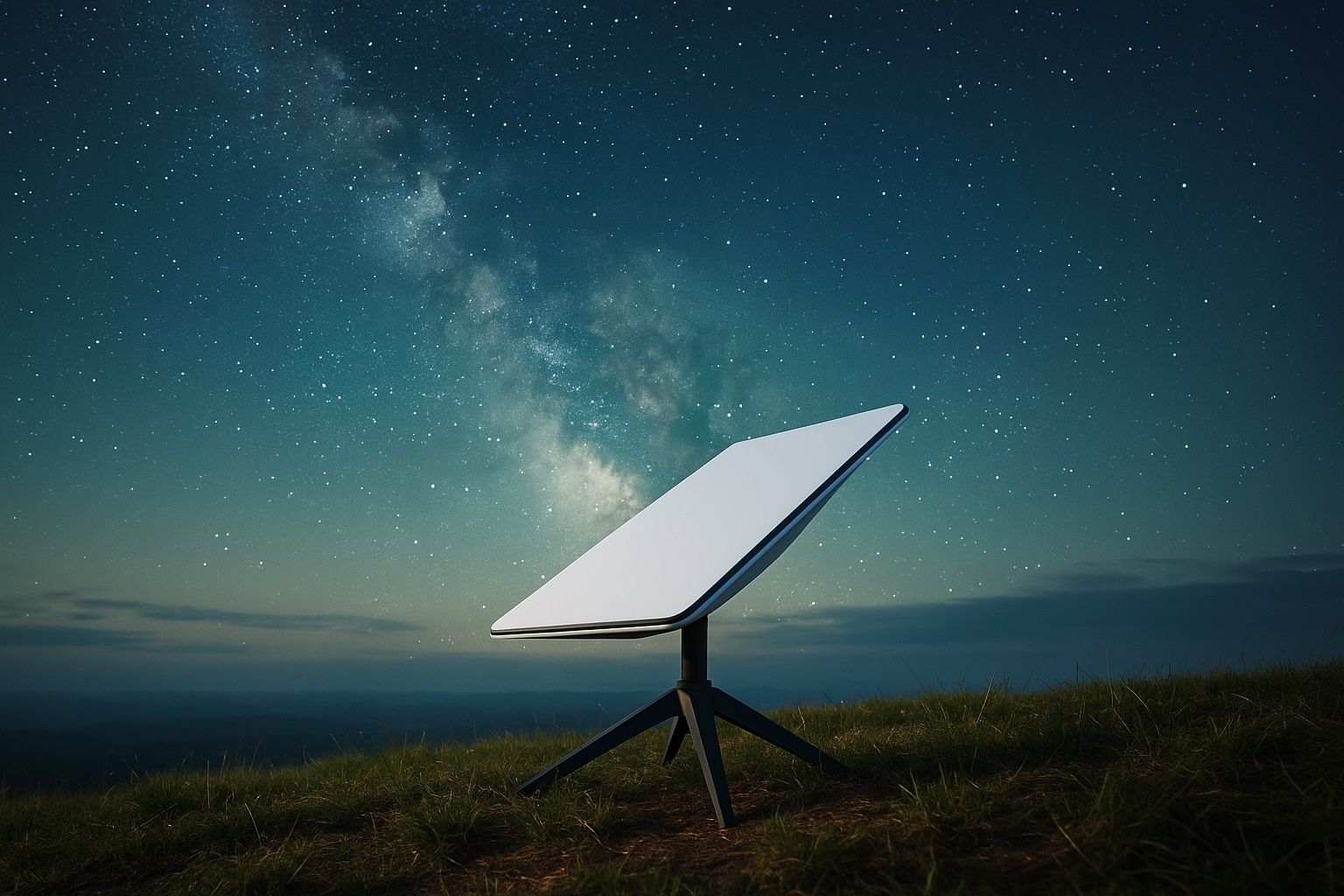
Smartphones Reach for the Skies: How Satellite Connectivity Is Revolutionizing Phones & Wearables
Introduction: Your Phone’s New Emergency Lifeline from Space Not long ago, the idea of texting from a smartphone to a satellite sounded like science fiction or at least something reserved for clunky satellite phones. But as of 2025, this has









